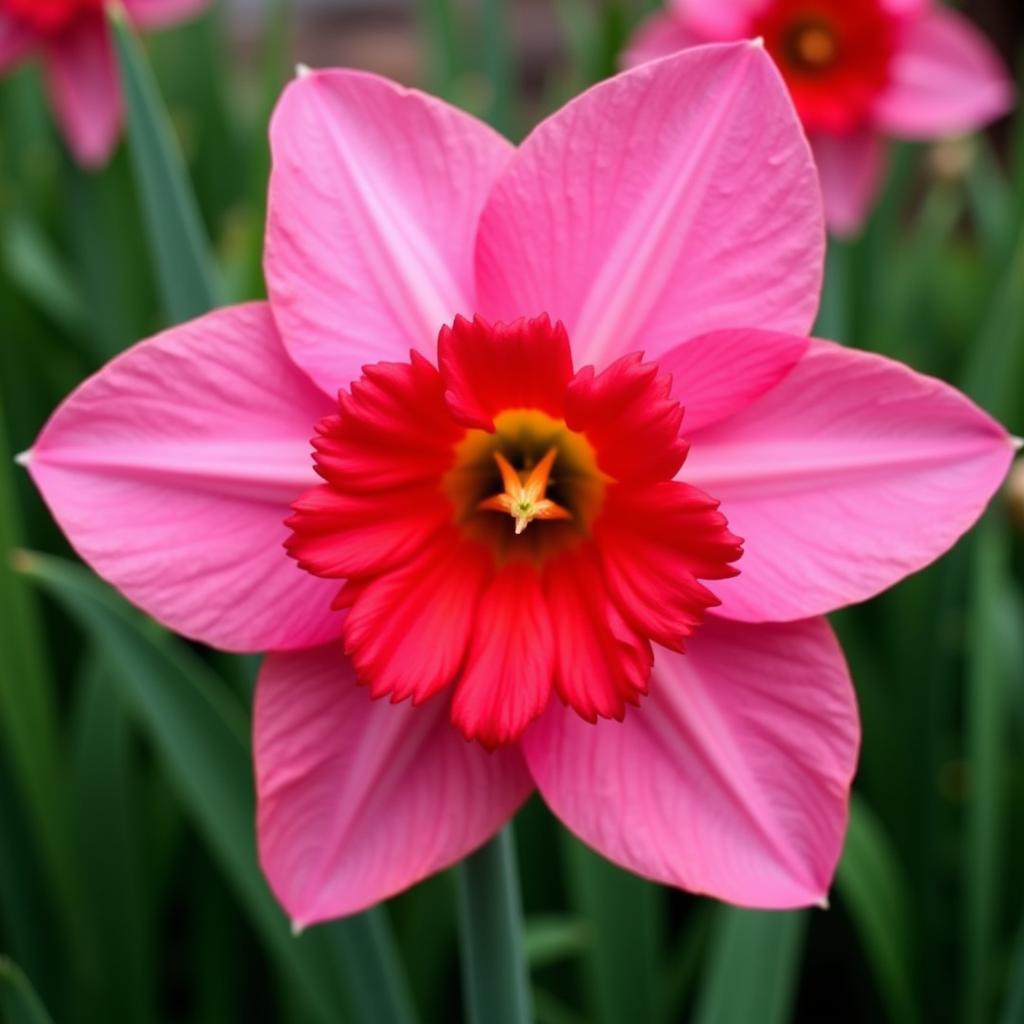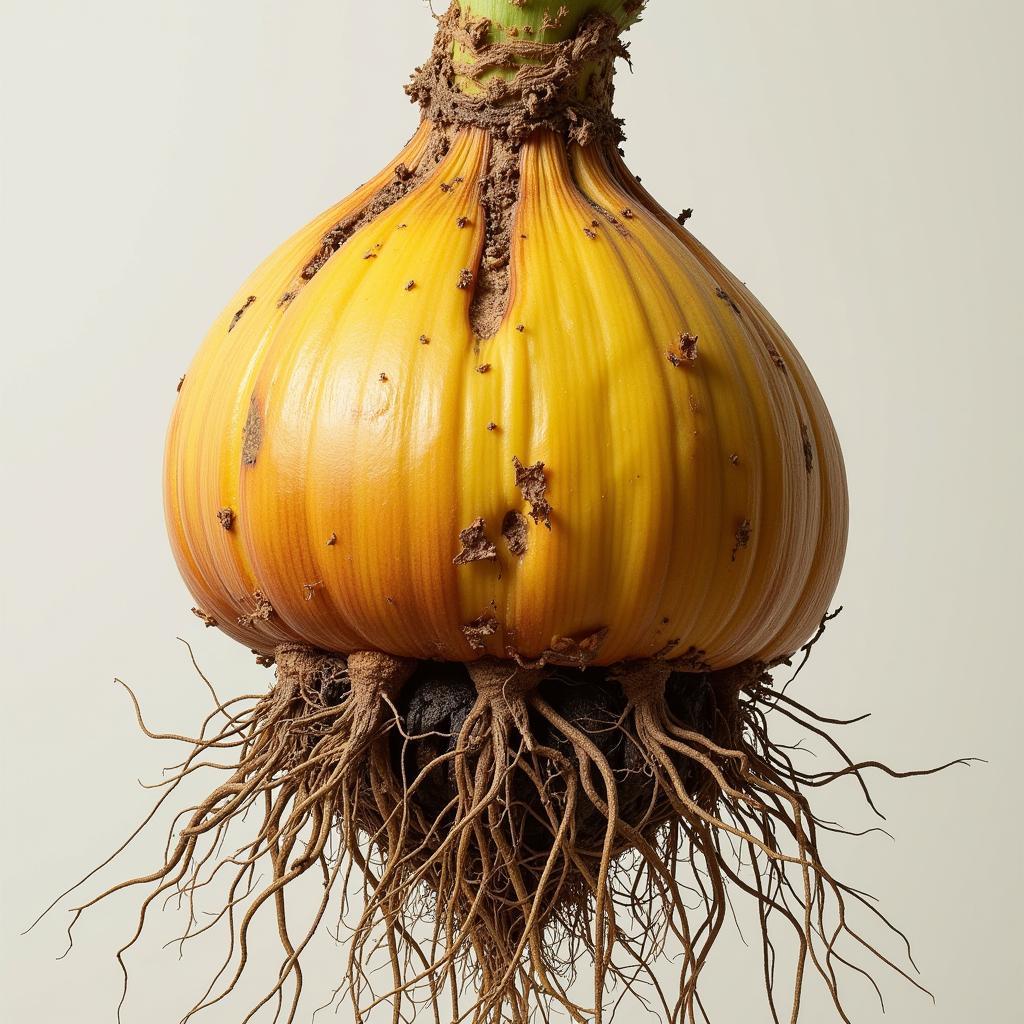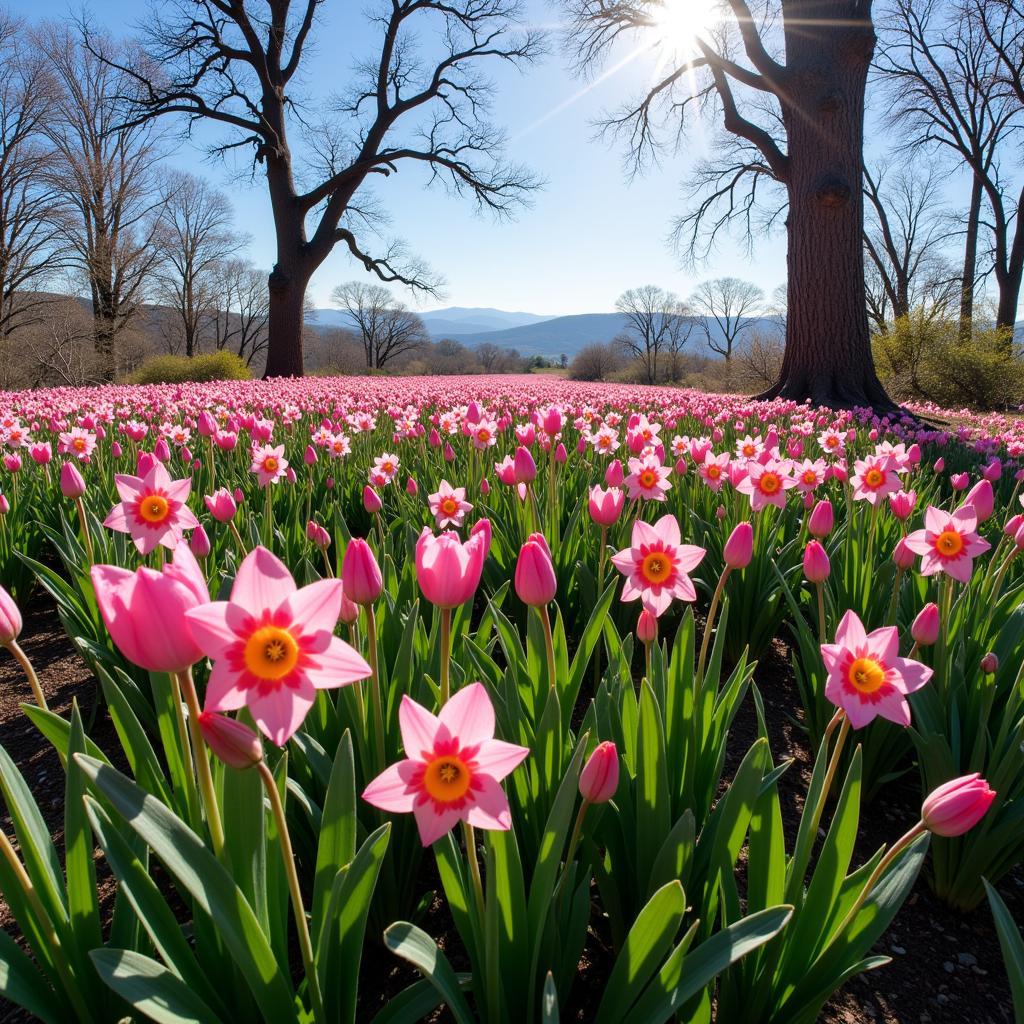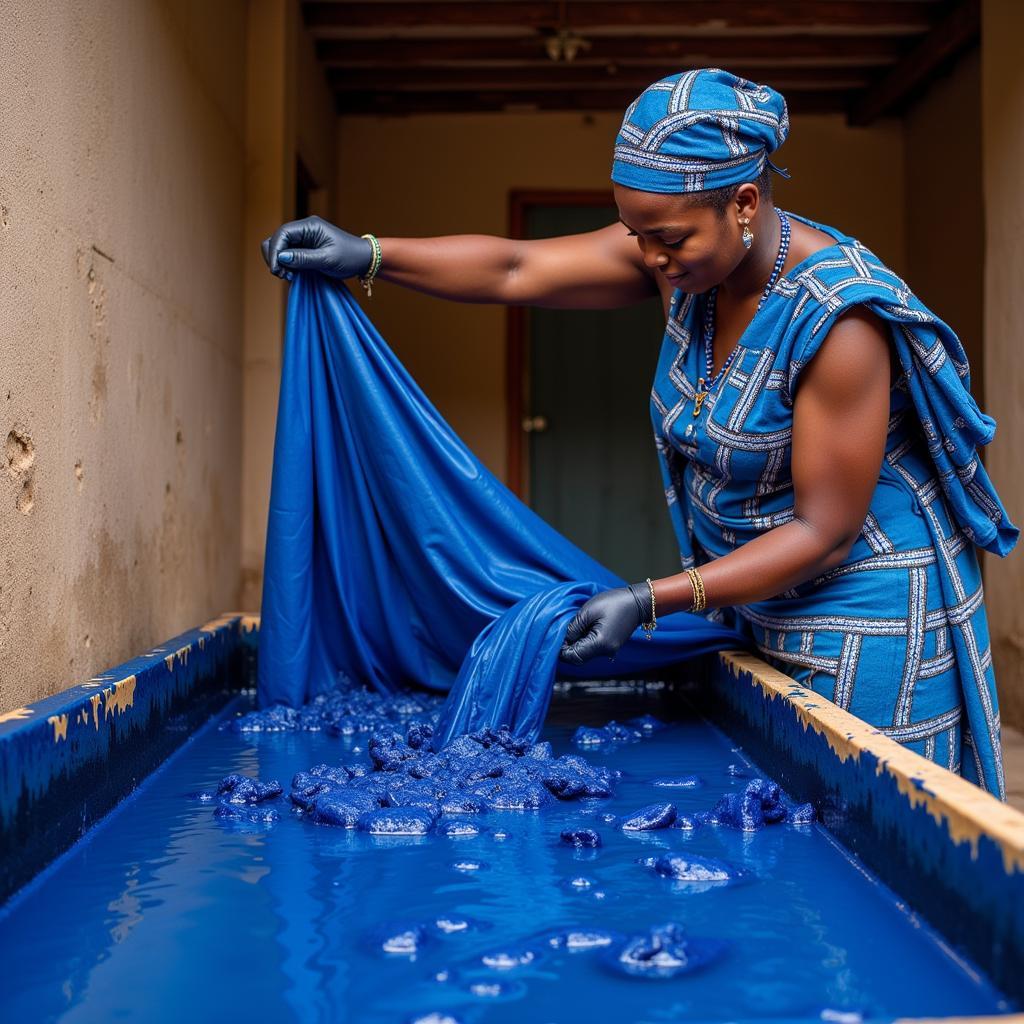African Daffodil: Beauty and Poison Intertwined
The African Daffodil, also known as the Amaryllis belladonna, is a strikingly beautiful flower native to South Africa. Its captivating trumpet-shaped blooms, often appearing in shades of pink and white, emerge in late summer, creating a spectacle of color against the dry landscape. While this flower is aesthetically pleasing, it’s equally important to understand its toxic nature.
A Closer Look at the African Daffodil’s Allure
The African daffodil typically grows from a bulb, reaching heights of up to 2 feet. What makes this flower particularly unique is its blooming pattern. The flowers appear on bare stalks, devoid of any leaves, lending it an almost ethereal appearance. The large, fragrant blossoms are a sight to behold, attracting a variety of pollinators.
 African daffodil in full bloom
African daffodil in full bloom
These bulbs lie dormant during the winter months and burst forth with life in late summer to early autumn. The timing of their bloom coincides with a period when many other plants have already finished flowering, making the African daffodil a welcome splash of color in the landscape.
Unmasking the Toxicity
While the African daffodil is undeniably beautiful, it harbors a secret – all parts of this plant, from its bulb to its flowers, are poisonous if ingested. The toxicity is due to the presence of alkaloids like lycorine.
 Close-up of an African daffodil bulb
Close-up of an African daffodil bulb
Touching the plant can also cause skin irritation in some individuals. This is particularly important to consider for gardeners and pet owners. It’s crucial to wear gloves when handling the plant and to keep pets and children away.
“The toxins in the African daffodil can cause a range of symptoms if ingested, from nausea and vomiting to more serious complications affecting the nervous system,” warns Dr. Alani Bantu, a botanist specializing in African flora.
The African Daffodil in Culture and Tradition
Despite its toxicity, the African daffodil has found its way into various cultural practices. In some cultures, the bulb extracts are used in traditional medicine, though this practice is not without its risks. The plant also holds symbolic meaning, often associated with beauty, danger, and the fleeting nature of life.
 Field of African daffodils in natural habitat
Field of African daffodils in natural habitat
The African daffodil serves as a reminder that beauty can indeed be deceptive, and caution is advised when encountering this captivating yet potentially harmful plant.
Conclusion
The African daffodil, with its vibrant blooms and intriguing life cycle, remains an iconic flower in its native South Africa and beyond. Its beauty, intertwined with its poisonous nature, creates a fascinating paradox. Understanding both sides of this duality is key to appreciating the African daffodil responsibly.





